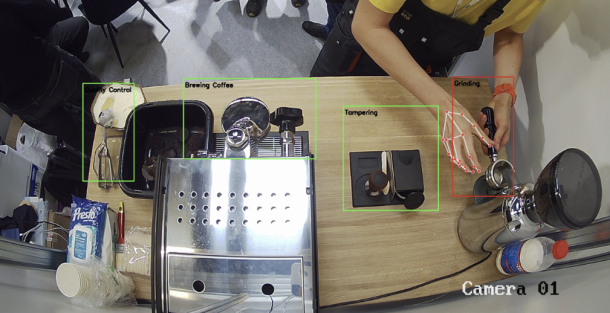The Power Trio of PLM, MES, & ERP
When talking about Industry 4.0, it is important to remember that the symbiotic relationship between PLM (Product Lifecycle Management), ERP (Enterprise Resource Planning) and MES (Manufacturing Execution System) is the key to innovation and maintaining a competitive advantage in manufacturing.
The Blueprint of Innovation
PLM serves as the blueprint for managing product creation and engineering data. It transforms conceptual designs into production-ready plans by enabling data reuse, historical information management, and cross-functional collaboration. This system addresses vital questions about new product attributes, selected technologies, engineering metrics, and the integration of technical decisions into downstream processes.
With PLM, manufacturers can simulate, virtually build, and assemble products before they reach the shop floor. This proactive approach ensures that potential issues are identified and resolved early in the development process, enhancing product quality inspection and overall production efficiency.
The Strategic Backbone
ERP acts as the strategic backbone, where business strategy and operational data converge. It addresses fundamental questions about an organization's existence, product strategy, and long-term growth plans. ERP manages transactional data from multiple business functions, including supply chain management (SCM), customer relationship management (CRM), financial planning, and HR. Unlike the creative and flexible nature of PLM, ERP demands structured data to streamline manufacturing, supply chain, and sales processes.
The integration with PLM ensures a seamless flow of information, allowing product strategies to be effectively executed across the enterprise. ERP aligns business functions by feeding relevant business and product data downstream to MES. This integration facilitates effective production planning decision-making, compliance, and coordination, ultimately leading to improved inventory management and reduced lead times.
The Engine Room of Manufacturing
MES is the engine room of manufacturing operations, optimizing shop floor performance through detailed planning, real-time production data analysis, and continuous improvement. As the most transactional component of a manufacturing setup, MES handles live operations and provides immediate feedback to adjust production parameters as needed. MES systems address critical questions about operational efficiency and risk management.
MES feeds critical data back to ERP and PLM, creating a continuous feedback loop that provides a comprehensive view of production demand, master schedules, and performance metrics. This feedback loop is vital for stages of production utilization, equipment utilization tracking, and bottleneck identification, enabling manufacturers to optimize technology and processes for maximum efficiency. Advanced equipment monitoring, computer vision for production, and machine learning in production further enhance production processes, ensuring high production utilization rates and increased production productivity.
Real-World Applications: Transforming Vision into Reality
For example, using computer vision for production, manufacturers can enhance visual control production, enabling real-time product quality inspection and reducing defects. By leveraging production vision computers, companies can monitor and analyze production processes, leading to a production productivity increase of up to 20% and a significant reduction in lead times.
Moreover, resource optimization and schedule optimization through MES can lead to a production profitability increase, providing a faster production investment payback. Companies like Siemens and General Electric have reported improvements in production efficiency enhancement and resource utilization, demonstrating the tangible benefits of these integrated systems.
The Future of Manufacturing Excellence
In conclusion, the integration of PLM, ERP, and MES is essential for the future of manufacturing excellence. These systems work together to optimize production processes, enhance product quality, and ensure efficient resource utilization, ultimately driving profitability and competitive advantage in the manufacturing sector. Embracing this triad of technologies is not just a step forward; it is a leap into the future of smart manufacturing.












